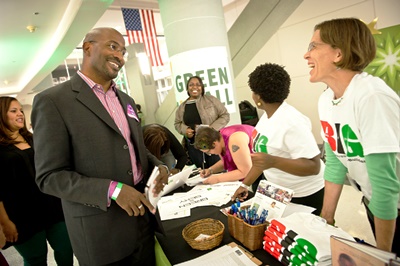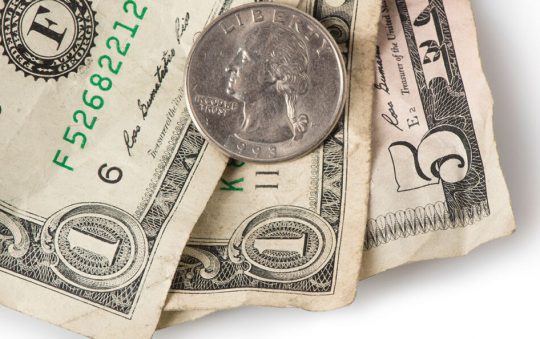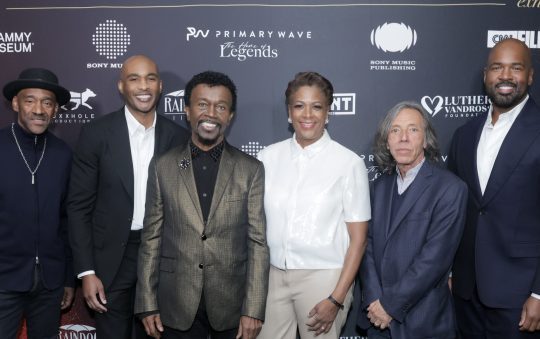Van Jones, CNN contributor and Social Activist
(photo courtesy of vanjones.net)
Millions of people know Van Jones as a CNN commentator, but millions more are acquainted with him through his community organizations.
As the founder of five nonprofits focused on improving the quality of life for Black youth and communities, Jones touches lives across America through his organizations, The Ella Baker Center for Human Rights, which promotes criminal justice reform; Color of Change, which focuses on racial fairness; Green for All, an advocacy group for environmental training and jobs; Rebuild The Dream, a ‘think tank’ aiming to fix the U.S. economy; and Dream Corps Unlimited, which advances innovative policy solutions.
While the nonprofits, along with his CNN job, keep Jones fairly busy, he still found time to launch yet another initiative under the Dream Corps banner to join his #YesWeCode enterprise that helps train minority youth to become computer programmers. Jones calls it #cut50, a legislative-focused effort to reduce the prison population by half in the next 10 years.
“Our #cut50 campaign is working with Democrats and Republicans to change the sentencing laws for non-violent drug offenders. We have a bill, the Safe Justice Act, introduced by 10 Democrats and 10 Republicans in the House who came together to put this forward,” said Jones.
“This bill does everything people have been calling for. It puts cameras on police, it addresses mental health issues, and helps people when they come home [from prison] to have a second chance. It’s a very good bill supported by Democrats and Republicans and it has a chance to pass with the president’s signature.”
Van Jones greets exhibitors at an environmental conference
(photo courtesy of vanjones.net)
Officially called the Safe, Accountable, Fair and Effective Justice Act, the bipartisan legislation covers a wide range of areas including protection against wrongful convictions, elimination of federal criminal penalties for simple drug possession in state jurisdictions, greater use of probation for lower-level offenders, creation of mental health and de-escalation training programs for prison personnel, performance-based contracting for half-way houses, concentration of prison space on violent and career criminals, and encouraging prison savings be invested in strengthening safety measures for law enforcement.
For the bill to become law, it must be approved by the House Judiciary Committee, passed by the full U.S. House of Representatives, passed by the full U.S. Senate, and signed by the president.
Jones’ experience as a law student at Yale University inspired him to seek remedies for the disparity between Blacks and whites prison sentences.
“So many people, when they think about ‘non-violent drug offenders,’ they think about poor, Black kids. They don’t think about white kids. But, I saw a lot of people at Yale who were using drugs.
“They might have been called ‘non-violent drug offenders,’ but none of them went to prison. They all, at worst, went to rehab and they graduated and got good jobs,” he recalled.
“Statistics show that people use drugs at the same rate, no matter what color they are. But, Blacks go to jail six times more often than whites. Not because they’re using more drugs, but we’re singled out for the worst possible treatment. Literally, the same percentage of our kids is doing drugs as white kids, but six of ours are going for every one of theirs. That’s an amazing number!”
That revelation moved Jones into action by creating #cut50 to promote the passage of the Safe Justice Act. He’s calling on volunteers to participate in the effort.
“If people want to get involved, they can go to the website called, JusticeReformNow.org You can sign up, donate money, or contact your congressperson. We need to get this law passed. We just can’t have protests and demonstrations without legislation. If people really want to see change, help us pass the Safe Justice Act,” he said.







